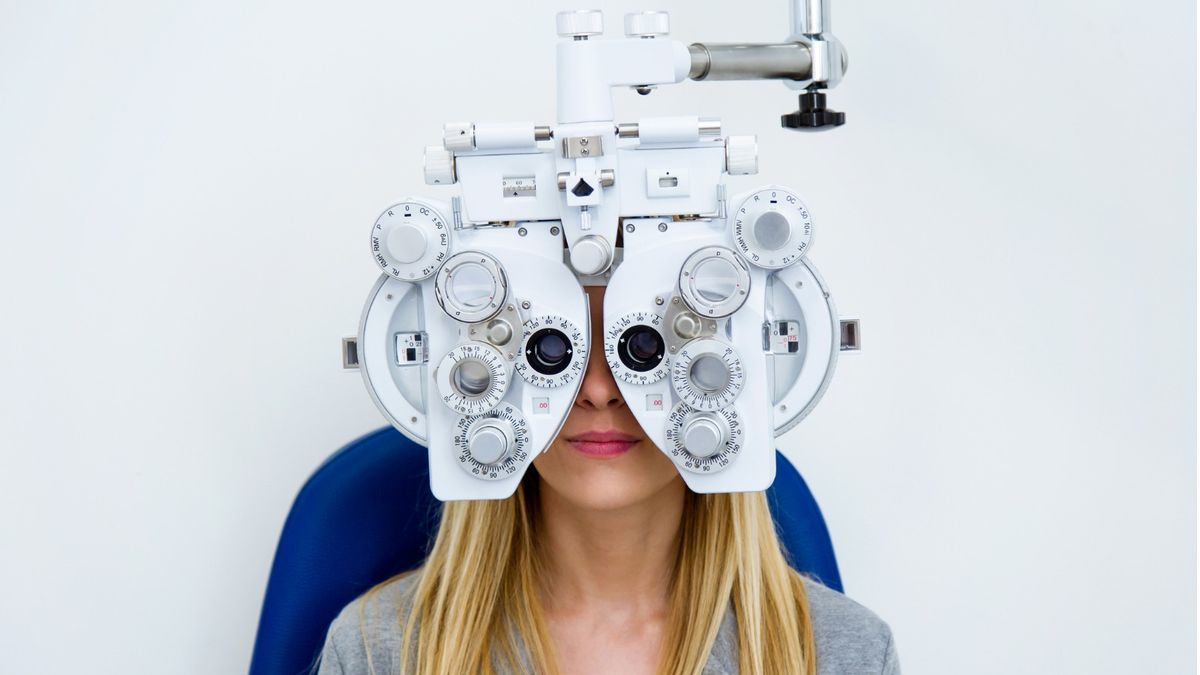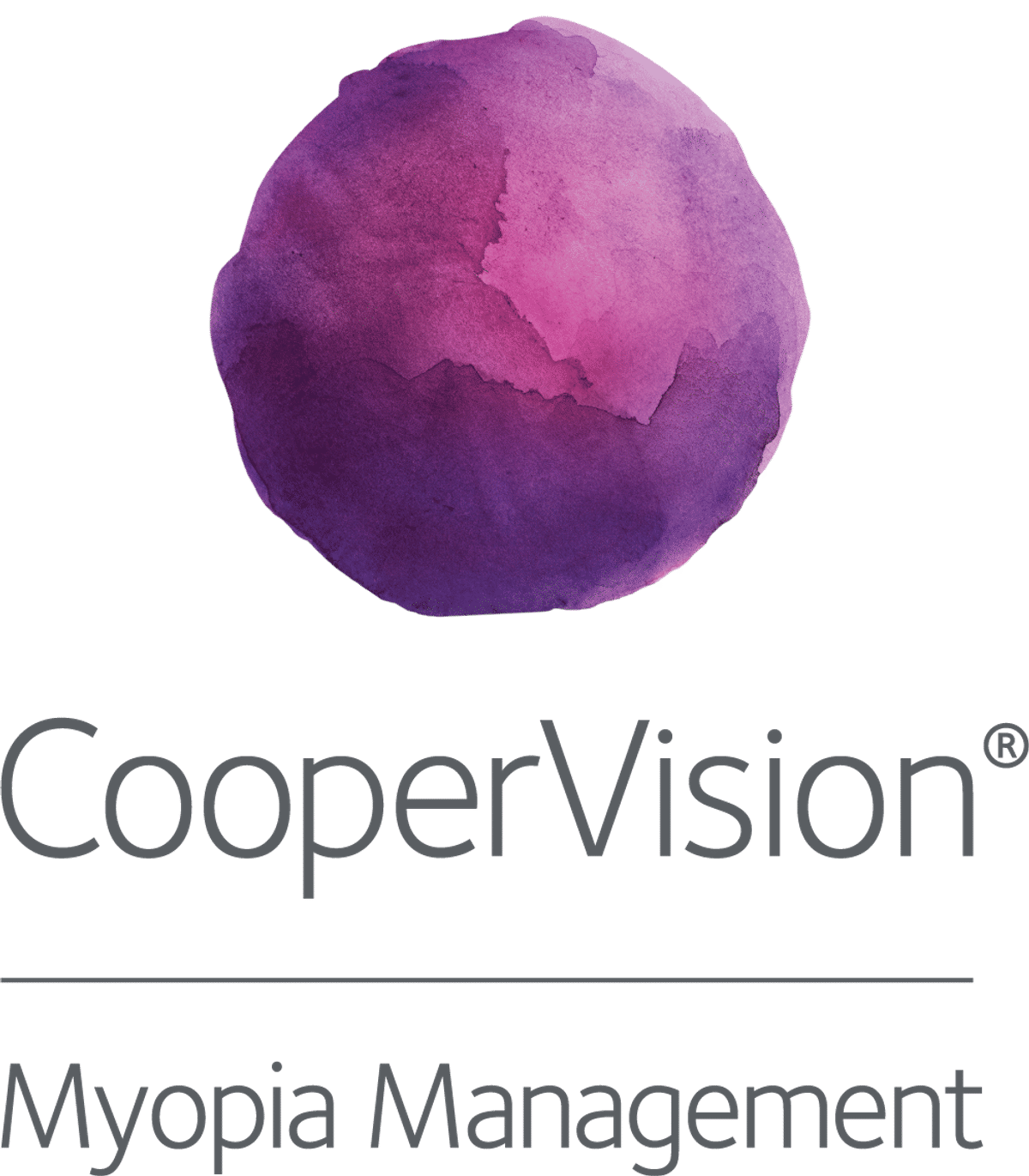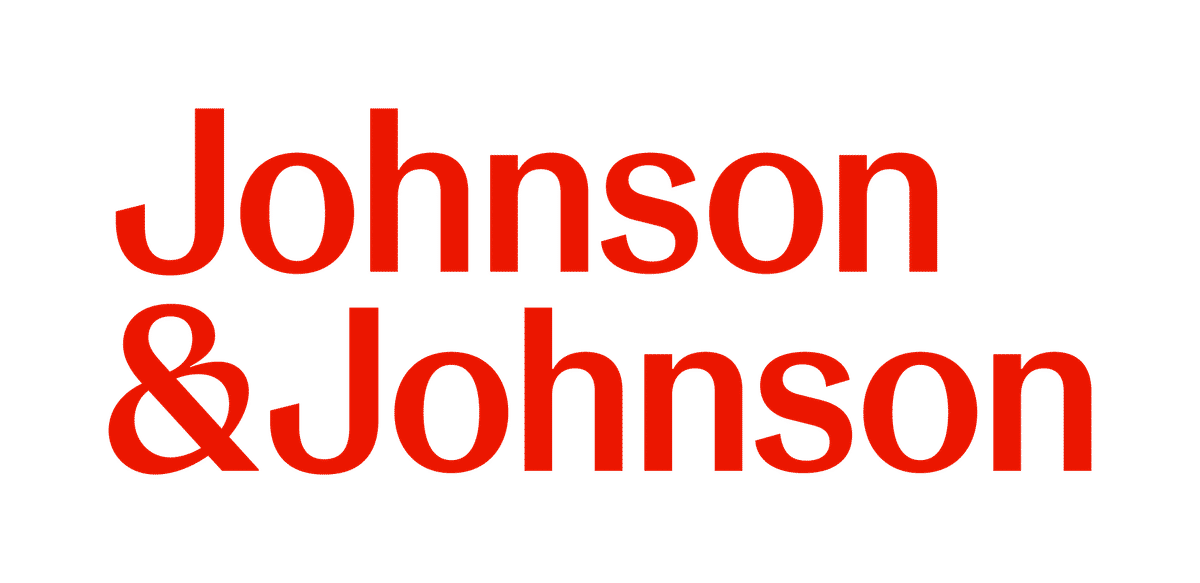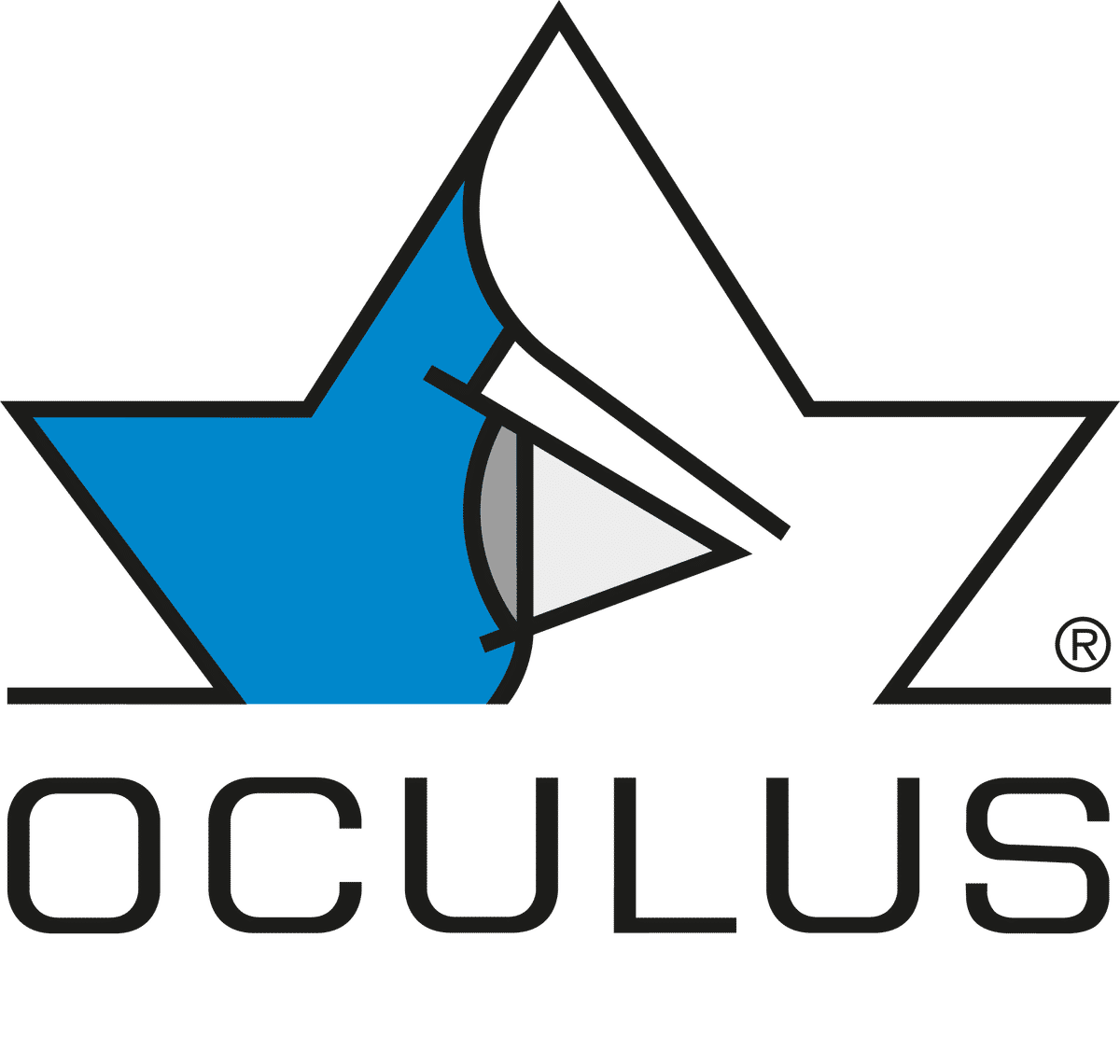Clinical
Adult myopia progression, and how to treat it

In this article:
First published June 4, 2020
Updated October 24, 2025
Adult myopia progression is frequently encountered in practice, even though it is believed that myopia generally stabilizes near the end of adolescence. While myopia progresses more slowly in adults compared to children, even modest amounts of progression can increase the lifetime risk of myopia-related ocular disease. Problematically, there is very limited evidence to guide myopia management in adults.
This article explores how myopia progresses from adolescence into adulthood, and how to manage adult myopia progression in clinical practice.
When does myopia typically stabilize?
The majority of myopia appears and progresses during childhood, and most children with myopia are expected to stabilize by the age of 18 years.
Hence, myopia control should ideally continue until the end of high school, and through tertiary study (i.e. university) as well before stopping treatment.
Onset of childhood myopia commonly occurs between 8 and 13 years of age.
Meanwhile, the remaining half of teenagers will continue to experience myopia progression into late adolescence and early adulthood. Based on the COMET data, over 50% of children will continue to progress at 15 years, nearly 25% at 18 years, and 10% at 21 years.
Despite changes in digital device use, myopia correction modalities, and education over the last few decades, the average age of stabilization for childhood myopia appears to around 15-16 years.
How common is myopia progression in adulthood?
Both adult myopia progression and adult-onset myopia are common among adults aged 18 to 25 years of age.
Adult myopia progression refers to an increase in myopia in an existing myopic individual during adulthood, while adult-onset myopia refers to the onset of myopia in an emmetrope or hyperope from around 18−40 years.
The likelihood of adult myopia progression declines with age.
Bullimore et al. found that significant myopia progression (≥−1.00 D over 5 years) occurred in roughly 20% of young myopic adults aged between 20−40 wearing soft contact lenses.
| Baseline Age (y) | Frequency of Progression of At least -0.75D (%) | Frequency of Progression of At Least -1.00D (%) |
| 20 - 25 | 48.2 | 34.9 |
| 25 - 30 | 35.3 | 19.6 |
| 30 - 35 | 27.3 | 13.6 |
| 35 - 40 | 25.0 | 10.0 |
| Total | 35.7 | 21.3 |
Table 1: The rate of myopia progression in different age groups (at baseline) and the sample as a whole.
Progression is especially common among college and university students undertaking intensive programs such as optometry, medicine, and law. In fact, the vast majority of studies in young adults aged <25 years have been conducted in university cohorts.
Across studies of myopia progression in adults aged 18 to 25 years, the proportion of myopic adults who progressed by ≥0.50 D range over several years range from 32−55%. For myopia progression in adults aged 25 to 40 years, proportion of adults progressing by ≥0.50 D is reportedly between 16−49%.
Adults in non-university populations can also experience myopia progression, although the rates appear to be slower. For example, in a Finnish longitudinal study spanning 23 years, the 10-year myopia progression was −0.41 D. In 45% of cases, progression was ≥−0.50 D and in 18% of cases, myopia increased by ≥−1.00 D.
Current evidence suggests that at least 20% of myopic adults aged 20-40 will undergo clinically significant progression of ≥1.00 D.
How quickly does adult myopia progress?
Adult myopia progression usually occurs at a slower rate compared to childhood/juvenile-onset myopia, and is limited to a smaller proportion of individuals.
The annual rate of axial elongation in myopic adults aged 18 to 25 years is 0.05−0.1 mm/year, with an average of 0.07mm/year. Evidence from longitudinal studies suggest that juvenile, adolescent, and adult myopia progression are all primarily the result of axial elongation.
The annual rate of progression in myopic adults aged 18 to 25 years varies between −0.1 and −0.2 D/year, with an average of −0.14 D/year, according to the IMI.
Risk factors for adult myopia
Research on the risk factors associated with adult myopia onset and progression is scarce.
In 2021, the IMI published a report on the risk factors for myopia, but did not distinguish between the risk factors for children versus those in adults.
These include:
- Younger age
- Parental history of myopia
- Female gender
- East Asian ethnicity
- Lower choroidal thickness
- University study
- Outdoor activity
- Contact lens material or design
An Australian birth cohort study reported on myopia onset in adults aged 20 years at baseline and 28 years at follow-up.
Managing adult myopia progression
Even without a strong evidence base, adults who demonstrate myopia progression can still be considered as candidates for myopia control. While myopia progression may be more modest in adults, the benefits of myopia management can outweigh the risks. Every dioptre saved reduces an individual’s risk of eye disease and visual impairment later in life.
Here’s what to consider when managing the adult myope.
Be aware of the limitations of adult myopia control
Several myopia control interventions have proven effective in children, but these treatments have not yet been evaluated in adults. Future studies involving adults is unlikely due to are practical and methodological barriers.
It’s important to communicate to the patient that while myopia control strategies may work, it is difficult to predict their efficacy.
Consider that adults have competing demands such as work, study, or family responsibilities, that can reduce compliance and increase loss to follow-up.
Consider prescribing contact lenses
Given that all myopic individuals need vision correction, prescribing an optical treatment that can both correct and control myopia should be considered.
The logical first-line choice would be contact lens-based options, especially orthokeratology. Orthokeratology is likely to be well-accepted by adults as it can provide good high contrast visual acuity and spectacle independence, and small studies have also reported stabilizing effects on myopia in adults.
Certain treatments may not be as well-tolerated in adults
Treatments that are well-accepted in children may be tolerated differently in adults.
Young adults have higher visual demands than children (e.g. driving and screen-based work) and might not be as tolerant as children to myopia control spectacle or soft contact lens designs.
For atropine, dose-dependent efficacy must be balanced with side effects on vision and accommodation. Compliance may also be a challenge as atropine does not provide any vision correction.
Continue regular eye examinations
Remember that myopia can continue to progress in young adults, even in those who appear stable. Ongoing monitoring through regular refraction and ocular health examinations is the standard of care.
Annual retinal examination (with dilated fundus assessment on indication) is recommended, and even more important for those with high myopia and/or axial length >26 mm.
Axial length measurement (where available) can provide a valuable indicator of pathology risk.
Key points
- Myopia progression is relatively common in young adults, with around 20% of adults progressing at least 1.00 D. Those in their 20s are more likely to progress than those in their 30s.
- Contact lens wear is likely the best first-line choice for adult myopia control, as it is a dual correction and control strategy, and likely to be very well accepted by this patient group.
- Continue to monitor eye health annually with dilated fundus examination (where indicated), even if the patient’s myopia is stable. Higher myopes and those with axial lengths over 26 mm warrant greater caution.
Meet the Authors:
About Kate Gifford
Dr Kate Gifford is an internationally renowned clinician-scientist optometrist and peer educator, and a Visiting Research Fellow at Queensland University of Technology, Brisbane, Australia. She holds a PhD in contact lens optics in myopia, four professional fellowships, over 100 peer reviewed and professional publications, and has presented more than 200 conference lectures. Kate is the Chair of the Clinical Management Guidelines Committee of the International Myopia Institute. In 2016 Kate co-founded Myopia Profile with Dr Paul Gifford; the world-leading educational platform on childhood myopia management. After 13 years of clinical practice ownership, Kate now works full time on Myopia Profile.
About Cassandra Haines
Cassandra Haines is a clinical optometrist, researcher and writer with a background in policy and advocacy from Adelaide, Australia. She has a keen interest in children's vision and myopia control.
References
- Bullimore MA, Lee SS, Schmid KL, et al. IMI-Onset and Progression of Myopia in Young Adults. Invest Ophthalmol Vis Sci. May 2023;64(6):2. [link]
- Saw SM, Tong L, Chua WH, et al. Incidence and progression of myopia in Singaporean school children. Invest Ophthalmol Vis Sci. Jan 2005;46(1):51-7. [link]
- COMET Group . Myopia stabilization and associated factors among participants in the Correction of Myopia Evaluation Trial (COMET). Invest Ophthalmol Vis Sci. Dec 2013;54(13):7871-84. [link]
- Goss DA, Winkler RL. Progression of myopia in youth: age of cessation. Am J Optom Physiol Opt. Aug 1983;60(8):651-8. [link]
- Cho P, Cheung SW. Discontinuation of orthokeratology on eyeball elongation (DOEE). Cont Lens Anterior Eye. Apr 2017;40(2):82-87. [link]
- Scheiman M, Zhang Q, Gwiazda J, et al. Visual activity and its association with myopia stabilisation. Ophthalmic Physiol Opt. May 2014;34(3):353-61. [link]
- Bullimore MA, Jones LA, Moeschberger ML, et al. A retrospective study of myopia progression in adult contact lens wearers. Invest Ophthalmol Vis Sci. Jul 2002;43(7):2110-3. [link]
- Pärssinen O, Kauppinen M, Viljanen A. The progression of myopia from its onset at age 8-12 to adulthood and the influence of heredity and external factors on myopic progression. A 23-year follow-up study. Acta Ophthalmol. Dec 2014;92(8):730-9. [link]
- Morgan IG, Wu PC, Ostrin LA, et al. IMI Risk Factors for Myopia. Invest Ophthalmol Vis Sci. Apr 2021;62(5):3. [link]
- Lee SS, Lingham G, Sanfilippo PG, et al. Incidence and Progression of Myopia in Early Adulthood. JAMA Ophthalmol. Feb 2022;140(2):162-169. [link]
- Gifford KL, Gifford P, Hendicott PL, et al. Zone of Clear Single Binocular Vision in Myopic Orthokeratology. Eye Contact Lens. Mar 2020;46(2):82-90. [link]
- González-Méijome JM, Carracedo G, Lopes-Ferreira D, et al. Stabilization in early adult-onset myopia with corneal refractive therapy. Cont Lens Anterior Eye. Feb 2016;39(1):72-7. [link]
Enormous thanks to our visionary sponsors
Myopia Profile’s growth into a world leading platform has been made possible through the support of our visionary sponsors, who share our mission to improve children’s vision care worldwide. Click on their logos to learn about how these companies are innovating and developing resources with us to support you in managing your patients with myopia.












